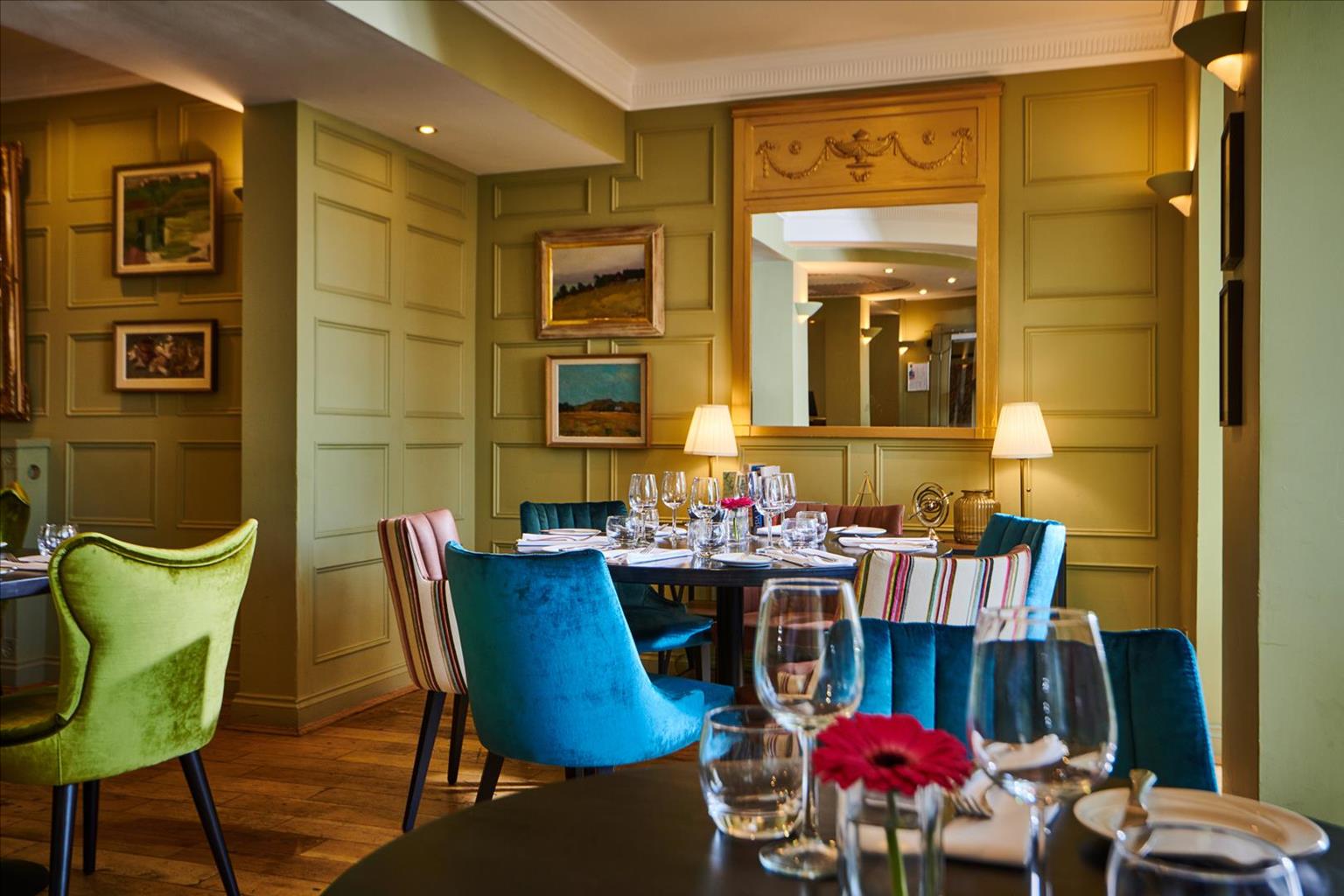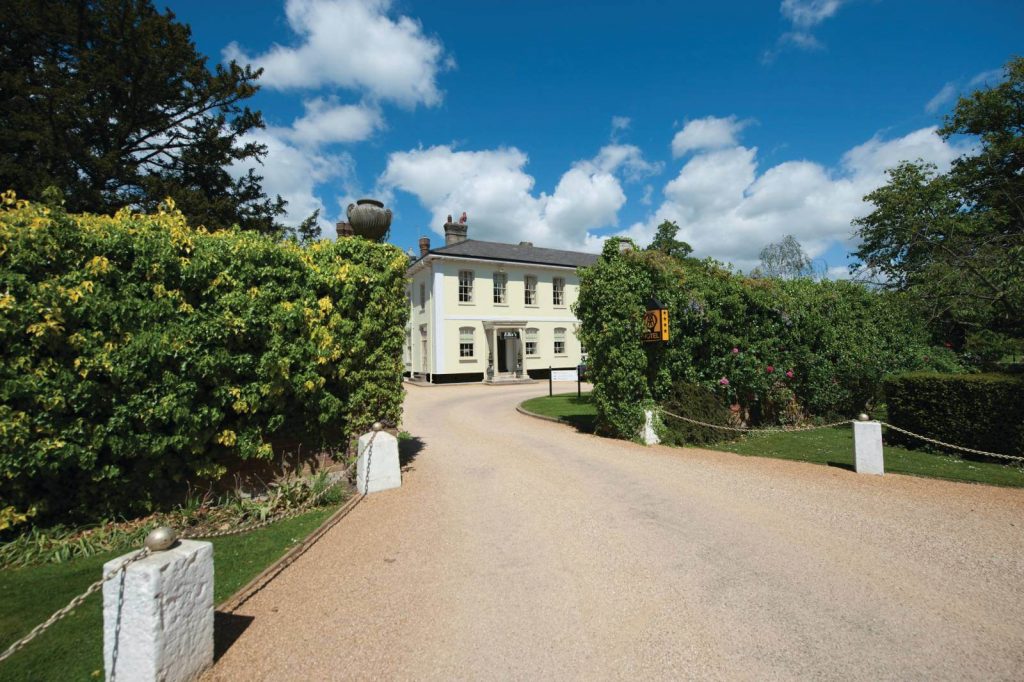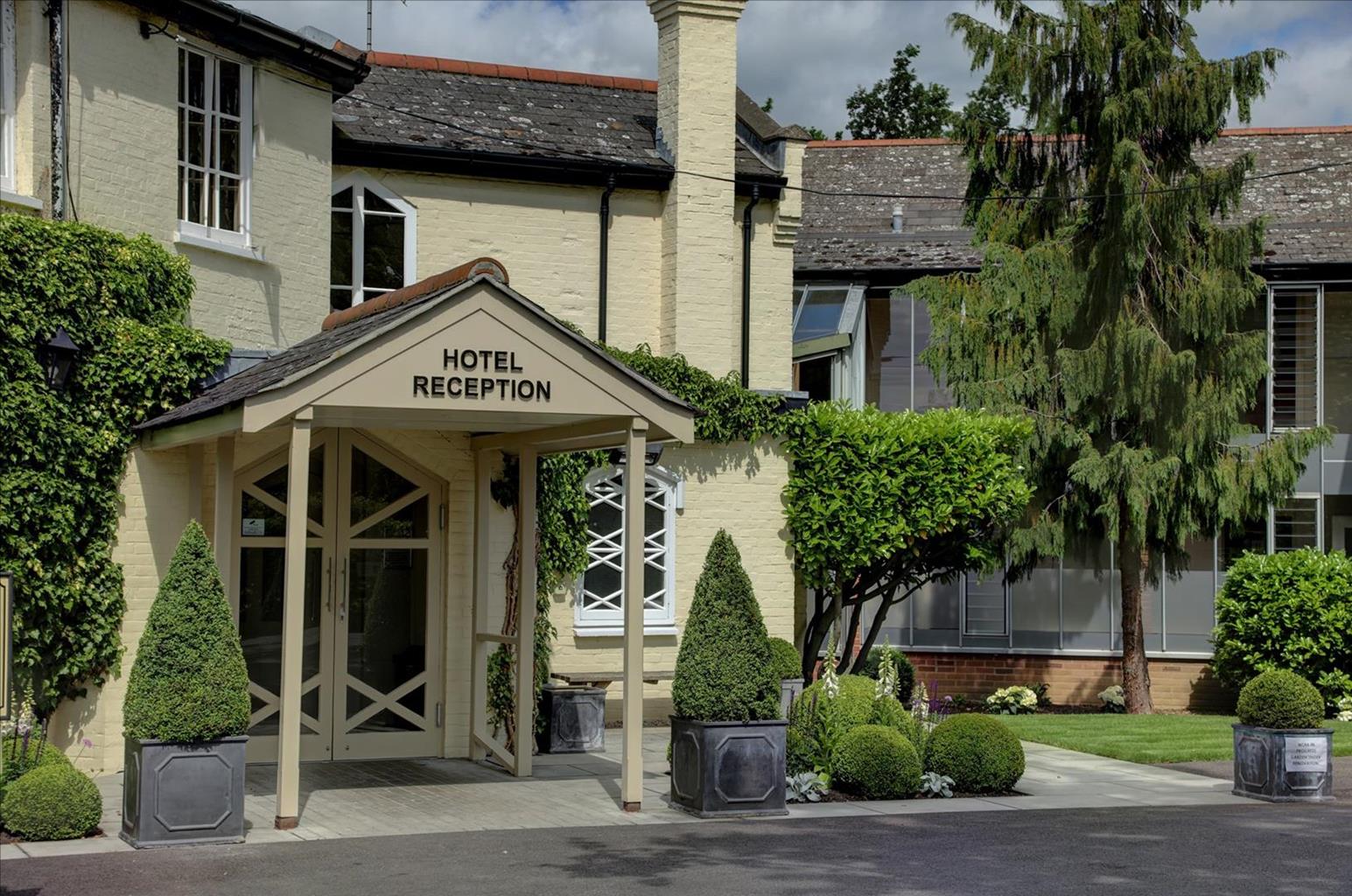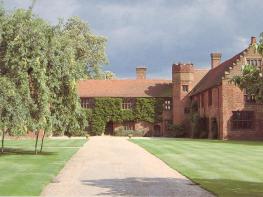This beautiful country house hotel, conveniently located for the M25, is set in 12 acres of…
Woods and meadows at Langdon

Explore ancient woodland and grassy meadows where Eastenders fulfilled a dream of country living.
3.75 miles (6kms)
About the walk
Langdon Nature Reserve is an example of how abandoned urbanisations can become a haven for wildlife. Much of the area, now managed by Essex Wildlife Trust, was formerly known as Plotlands. But where did this strange name come from?
The good life
Back in the 1890s, a great agricultural depression ravaged the farming communities of Essex. The farmland around what is now the urban fringes of Basildon was taken out of production and became redundant. Farms were divided into small plots and sold to Eastenders from London who dreamed of a self-sufficient lifestyle in the country. Between the turn of the century and 1940, these ‘Plotlanders’, as they became known, built hundreds of modest chalets and bungalows as weekend retreats or holiday homes. Many families would travel up from London by train carrying building materials with them. They lived in makeshift bell tents while the man of the house went about the DIY.
Permanent residency was forbidden at Langdon because there was no proper sanitation or other services. For many 'Plotlanders', it was a bucket out the back and an old gas lamp to light the way if they needed the loo. But rural Essex was still a relatively quiet backwater, and most residents seemed happy to forego some modern conveniences in return for an escape from the bustle and overcrowding of the East End.
At the outbreak of World War II the authorities turned a blind eye as many Eastenders moved to Langdon to escape the horror of the Blitz and survived by growing their own fruit and vegetables. But in 1949 the Plotlands at Langdon were compulsorily purchased and demolished to make way for Basildon New Town. In this walk you can see what’s left of these idealistic dwellings, with their overgrown gardens now supporting a rich mixture of wildlife.
Langdon Reserve
With 460 acres (186ha) of meadows, woods, ponds, plantation and scrub, Langdon is Essex Wildlife Trust’s largest inland reserve.In 1969, when it was discovered that the meadows were to be turned into a housing development, there was public outcry and the idea was shelved. Today the large grassy areas of Willow Park are still traditionally managed by grazing and hay cutting, and in summer wild flowers attract butterflies and insects. In spring the ancient woodlands of Marks Hill, Lincewood and Longwood are carpeted with primroses, wood anemones and bluebells, helped along by rotational coppicing, a form of ancient woodland management which enables plants and animals to thrive. You’ll also discover ponds filled with great crested newts, frogs and toads.
Langdon Hills is the highest point in Essex, so you’ll also enjoy some of the most far-reaching panoramas of London.
Walk directions
From the car park, walk up the straight, wide avenue of Plotlands, signposted 'Plotlands Walk', passing the museum on your left. At a crossing of paths by red waymarker 1, keep ahead along the woodland path, with fields on your right, and occasional views of south Essex between the trees. Ignoring other paths, continue along this bridle path and at the metal fence look left for the recreation ground. Continue along the path for 100yds (91m) until you reach wide cross paths.
Turn right here. You are now in Lincewood. The path undulates through high trees and open woodland, passing behind houses on your left.
Ignore a set of steps by a red and white marker on your left and at waymark 4 beside four steep wooden steps, then turn right along the path, keeping the wooden fencing enclosing Hall Wood on your left. Walk for 20yds (18m) to a break in the trees, and go over a stile for views of the London skyline. Retrace your steps and take the first path on your left downhill, towards the wooden barrier, beside a Nature Reserve sign.
Follow this narrow track downhill through ferns, and after 200yds (183m) reach the duckboard skirting the pond. Note the large oak tree growing from the banks of the pond forming a low arch across the duckboard. Continue ahead past the wooden barrier and walk downhill as the path meanders and undulates through open woodland, with ferns and patches of meadow awash with bluebells in spring. Continue along this path to a gap in the trees by a large oak tree, where there are superb views of rolling farmland and London in the distance.
A further 50yds (46m) ahead, at the Y-junction, take the left-hand path downhill, keeping the arable field on your left. Go through the pair of timber posts and turn left onto the wide grassy bridleway. After a footbridge beside a barrier turn right, and after 20yds (18m) turn left onto another grassy path. Pass beside a wooden gate and maintain direction through three meadows, keeping the houses on your right. At the end of the third meadow pass beside a barrier, turn right and ahead is red waymark 1. Here, turn right, keeping the Plotland ruins on your left. Pass the Plotland Trail waymarks 5 and 6, turn left at the next bridle path and follow the waymarks back to the car park.
Additional information
Forest, field and horse tracks
Woodland, meadows, ponds, farmland and ruins of urban housing developments
Great forest and field romp with plenty of other dogs; bowl of water outside Visitor Centre
OS Explorer 175 Southend-on-Sea & Basildon
Free parking at Langdon Visitor Centre, Lower Dunton Road
Langdon Visitor Centre
WALKING IN SAFETY
Read our tips to look after yourself and the environment when following this walk.
Find out more
Also in the area
About the area
Discover Essex
Essex is full of pleasant surprises. It has the largest coastline of any county in England, with its fair share of castles, royal connections and scenic valleys. Take Colchester, for example, which was built by the Romans and is Britain’s oldest recorded town. Its castle contains the country’s largest Norman keep and yet, a stone’s throw from here, East Anglia’s newest arts centre promises to put Colchester firmly on the map as Essex’s capital of culture.
Tidal estuaries are plentiful and their mudflats offer migrating birds a winter feeding place. Essex was known as the land of the East Saxons and for centuries people from all over Europe settled here, each wave leaving its own distinctive cultural and social mark on the landscape. Walking a little off the beaten track will lead you to the rural retreats of deepest Essex, while all over the county there are ancient monuments to explore:
- the great Waltham Abbey
- Greensted, thought to be the oldest wooden church in the world
- the delightful village of Pleshey has one of the finest examples of a former motte-and-bailey castle
- Hedingham Castle, magnificently preserved and dating from the 11th century.
Nearby stays
Restaurants and Pubs
Nearby experiences
Recommended things to do
Why choose Rated Trips?
Your trusted guide to rated places across the UK
The best coverage
Discover more than 15,000 professionally rated places to stay, eat and visit from across the UK and Ireland.
Quality assured
Choose a place to stay safe in the knowledge that it has been expertly assessed by trained assessors.
Plan your next trip
Search by location or the type of place you're visiting to find your next ideal holiday experience.
Travel inspiration
Read our articles, city guides and recommended things to do for inspiration. We're here to help you explore the UK.













